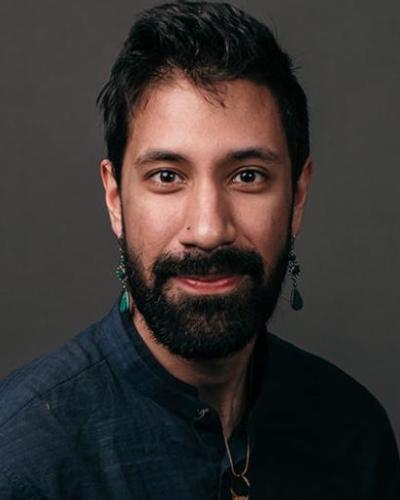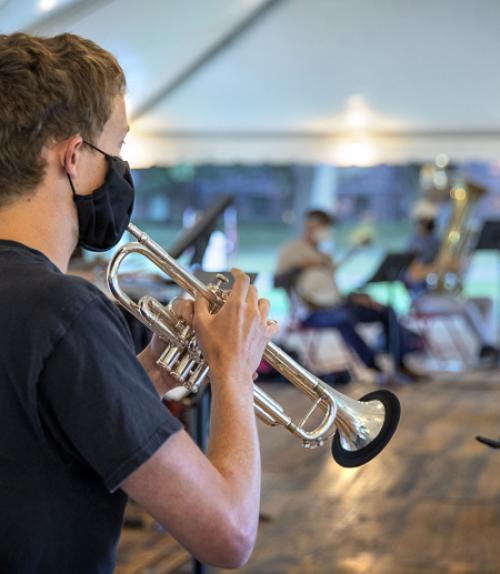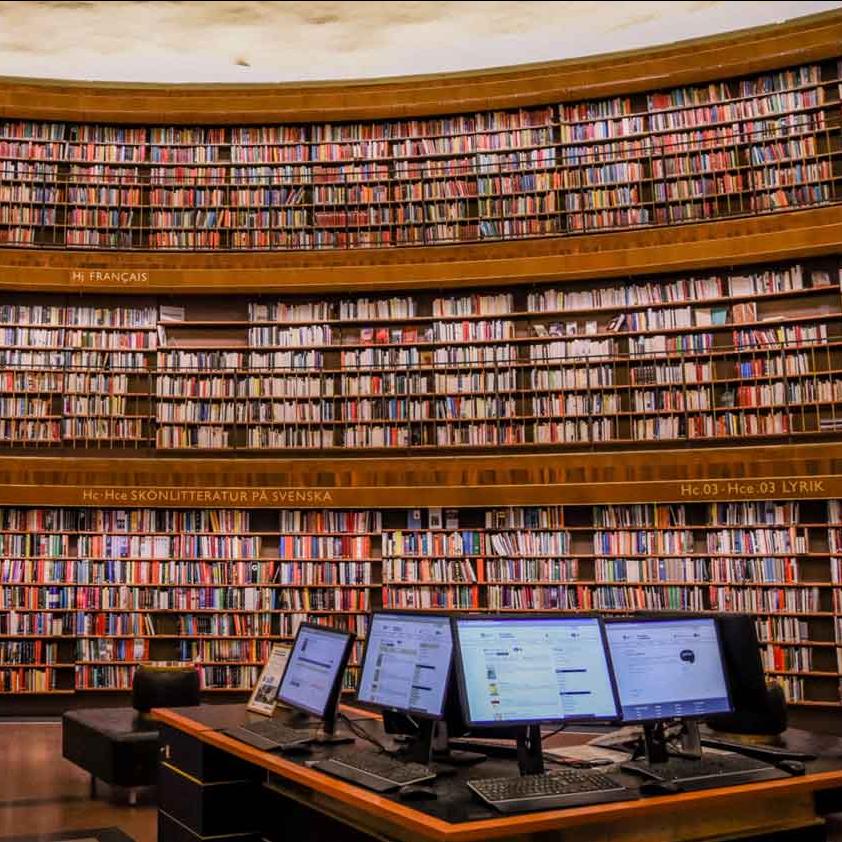
 Department Homepage
The College of Arts & Sciences
Department Homepage
The College of Arts & Sciences
Instrumental music faculty get creative in light of pandemic
“My goal was to engage as many students as possible. If they’re not making music, their skills can disappear so quickly.”



